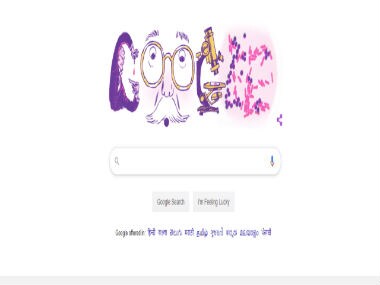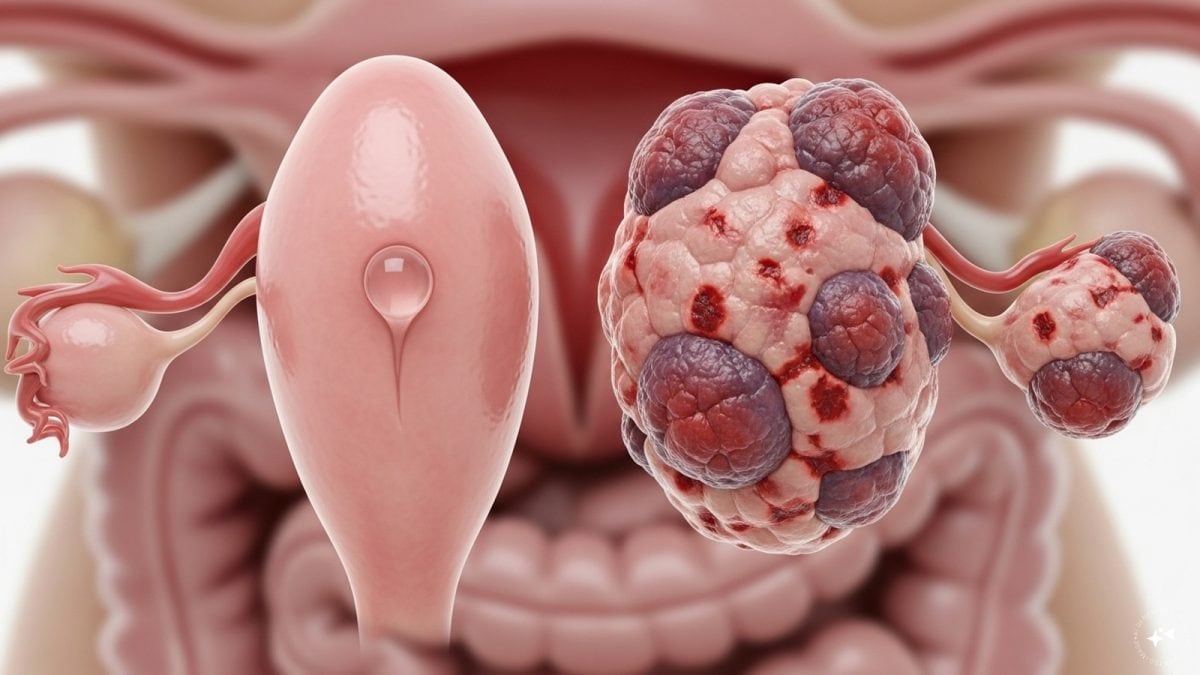Google is paying tribute to Hans Christian Gram today, on his 166th birth anniversary, with a doodle about his most notable contribution: Gram’s stain. Danish artist Mikkel Sommer made the illustration. One of the foremost scientists of his time, Gram found a way to differentiate between different bacteria using a dye. This major contribution to medicine is being used till date. [caption id=“attachment_7336311” align=“alignleft” width=“380”]  Google screenshot.[/caption] Here is a little peek into the mind of Hans Christian Gram and how he painted bacteria different shades of purple: An accidental hero Gram was born in Copenhagen, Denmark, on 13 September 1853. A pharmacologist and pathologist by profession, he was a student of botany at the University of Copenhagen in Denmark - this is where he first used a microscope and understood the basis of pharmacology. The discovery of Gram’s stain was serendipitous. In 1884, while Gram was examining the lung tissues of dead pneumonia patients, he noticed that some cells take up certain stains more easily than others. He then prepared a smear from the cells and intentionally stained them with crystal violet — a violet/purple dye — followed by an iodine solution (the iodine acted as a mordant to fix the dye to the cells). Finally, he poured some ethanol to wash off the stain. As he had expected, some bacteria retained the stain and some did not. Gram published his findings in that same year - 1884 - with the informal classification of bacteria into Gram-positive (those that took the stain) and Gram-negative (those which did not take the stain). The significance The stain didn’t really help to identify specific bacteria, but it significantly narrowed down the search. Evidently humble, in his report on Gram’s stain, he wrote, “I have therefore published the method, although I am aware that as yet it is very defective and imperfect; but it is hoped that also in the hands of other investigators it will turn out to be useful." An important milestone Even though the discovery was an accident, its timing could not have been better. It coincided with notable discoveries by Louis Pasteur and Robert Koch who were each discovering the causative organisms for the most common diseases back then. Gram’s stain could now help these scientists classify and group bacteria that can cause similar diseases. For example, Gram’s initial work was on two different bacteria that could cause pneumonia - Streptococcus pneumoniae and Klebsiellia pneumoniae. While the former is the most common cause of community-acquired pneumonia, the latter is a normal gut bacteria that can cause pneumonia if it gets into the airways. Over time, Gram’s discovery led to the development of a number of antibiotics - both narrow-spectrum (targetting either Gram-positive or Gram-negative bacteria) and wide-spectrum (antibiotics targetting at both Gram-negative and Gram-positive bacteria). Even though other medical tests and stains have advanced significantly in these 135 years, Gram’s stain is still the first lab test we use to identify specific bacteria today. The test helps doctors recommend a therapy even before further lab tests can zero-in on the specific causative organism. Health articles in Firstpost are written by myUpchar.com, India’s first and biggest resource for verified medical information. At myUpchar, researchers and journalists work with doctors to bring you information on all things health. To know more on this topic, please read Gram Stain Test.
Hans Christian Gram found a way to differentiate between different bacteria using a dye - a major contribution to medicine. We use his method to this day.
Advertisement
End of Article


)

)
)
)
)
)
)
)
)



